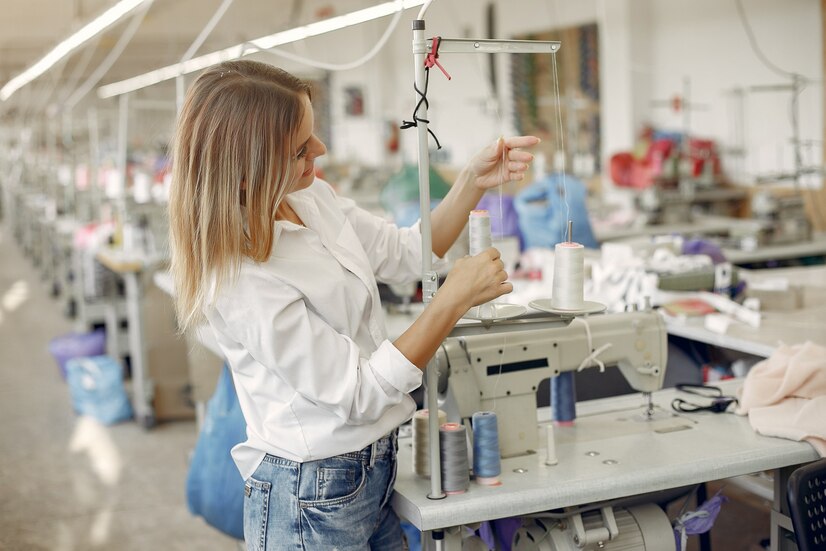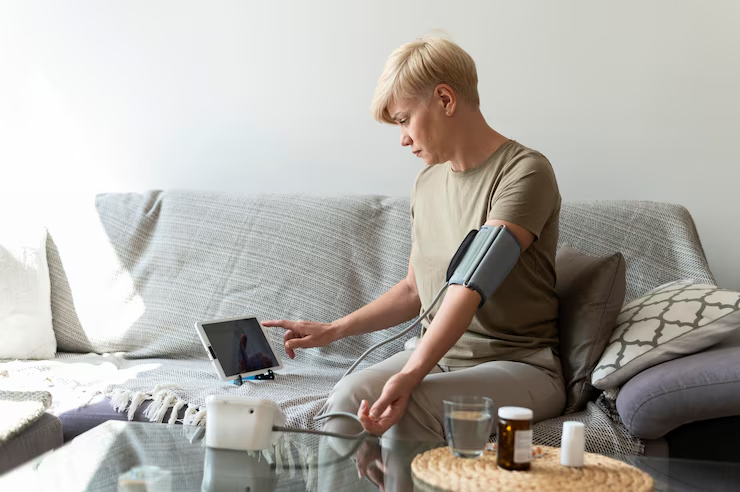Table of contents
The textile and fiber industry has always been a space of innovation, constantly exploring sustainable materials and eco-friendly production methods. In recent years, one unexpected contender has been gaining attention: CBD. Traditionally associated with wellness products and natural health remedies, cannabidiol (CBD) is now making waves in the world of fabrics and fibers. The potential for CBD in the textile and fiber industry is an exciting development that could revolutionize how we think about clothing, bedding, and other fabric products.
In this blog, we’ll explore the growing role of CBD in textiles, how it’s being used, and what the future might look like as more brands embrace this fascinating material.
Understanding CBD and Its Role in Textiles
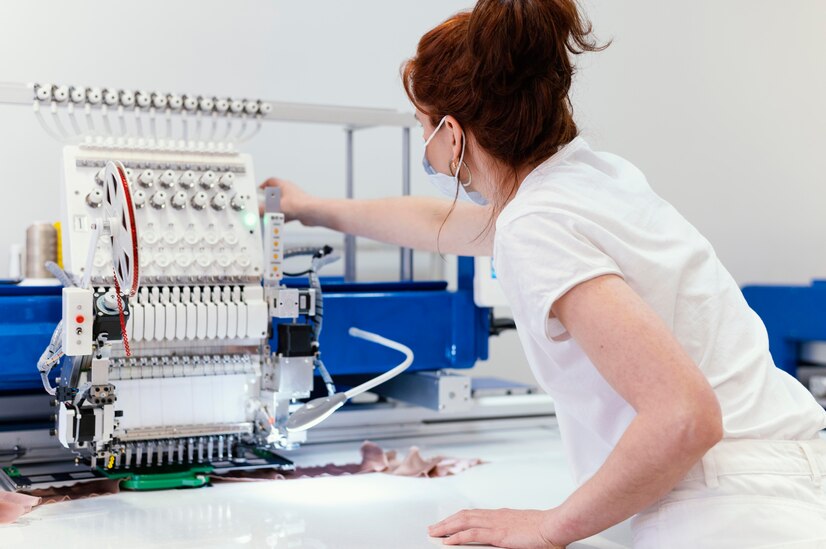
CBD, or cannabidiol, is a compound derived from the hemp plant. Unlike THC, it does not produce psychoactive effects, making it safe for various uses, including in health, beauty, and now, textiles. Hemp fiber itself has been used in fabric production for thousands of years, but the infusion of CBD into fabrics represents a modern twist on an ancient practice.
The idea of CBD in the textile and fiber industry revolves around embedding microcapsules of CBD oil into fabrics during manufacturing. These microcapsules break open through friction—such as when wearing or touching the fabric—allowing the CBD to be gradually released onto the skin.
How CBD-Infused Textiles Work
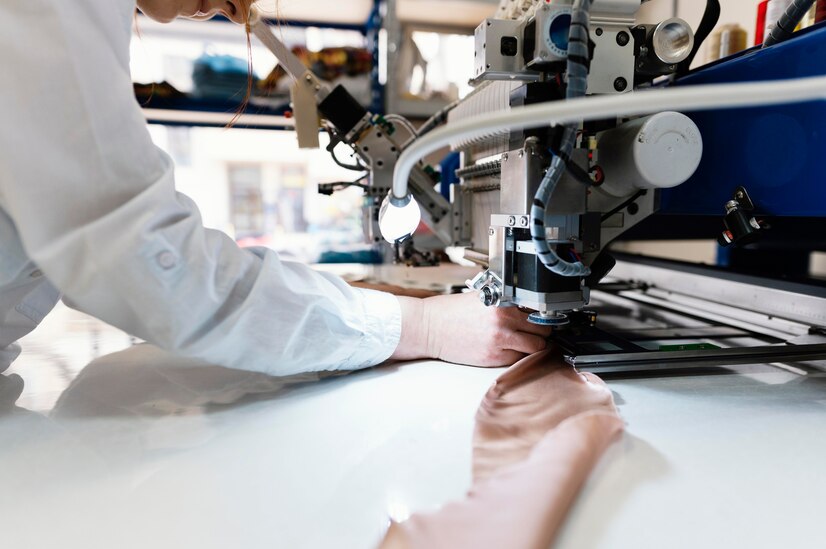
CBD-infused textiles use advanced microencapsulation technology. Here’s how it typically works:
- Microencapsulation: CBD oil is encased in microscopic capsules that protect the compound and allow for gradual release.
- Fabric Integration: These capsules are bonded to the fabric fibers during manufacturing without compromising the texture or flexibility of the fabric.
- CBD Release: With wear and movement, the microcapsules break open, slowly releasing CBD onto the skin.
This innovative method allows consumers to experience the potential benefits of CBD simply by wearing a garment or using a CBD-infused textile product.
Potential Benefits of CBD in the Textile and Fiber Industry
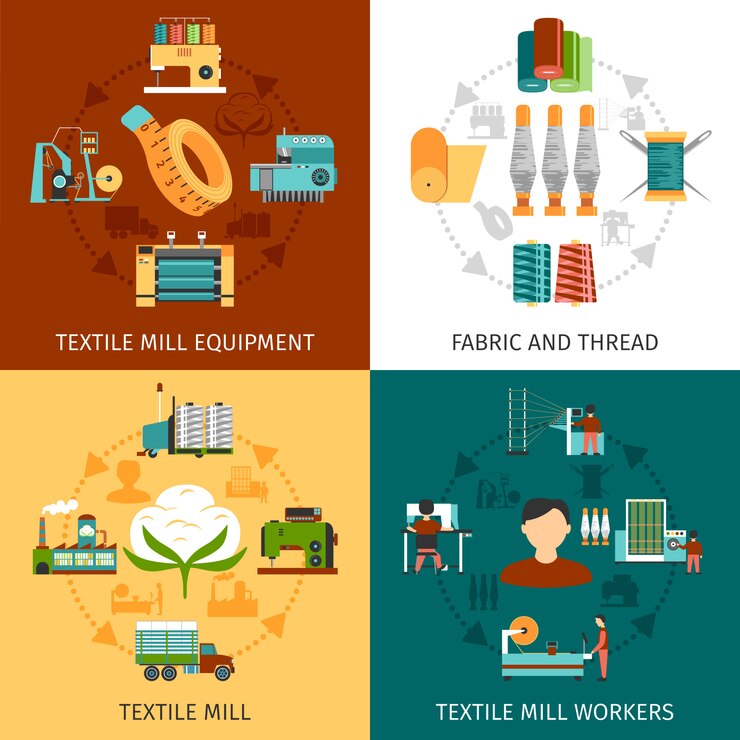
The potential for CBD in the textile and fiber industry is massive, offering both health benefits to consumers and sustainability advantages for manufacturers. Here are some key benefits:
1. Wellness and Therapeutic Effects
CBD is known for its anti-inflammatory, calming, and soothing properties. CBD-infused clothing and bedding may help:
- Reduce skin inflammation
- Calm irritated skin
- Promote relaxation and stress relief
- Support muscle recovery after exercise
For instance, athletes may benefit from CBD-infused compression garments that help soothe sore muscles post-workout.
2. Enhanced Comfort
CBD-infused fabrics may offer a soft, comfortable feel, enhancing the overall wearing experience. Textiles infused with CBD could be especially attractive for people with sensitive skin or conditions like eczema.
3. Eco-Friendly Production
Hemp, the primary source of CBD, is one of the most sustainable crops on the planet. It requires less water, fewer pesticides, and grows quickly compared to cotton. Using CBD and hemp fibers together could lead to greener, more eco-conscious textile products.
4. New Market Opportunities
As consumers become increasingly health-conscious, CBD-infused textiles could open new niches in the fashion, sportswear, and home goods markets. Companies looking for innovative products can differentiate themselves by offering CBD-enhanced items.
5. Longevity and Value Addition
Clothing and bedding products that offer therapeutic benefits create added value for customers, leading to stronger brand loyalty and repeat purchases. CBD fabrics can add a premium feel to otherwise standard textile products.
Current Applications of CBD in Textiles
CBD in textiles is not just a theoretical concept; it’s already being applied in the market. Some current examples include:
- CBD-infused activewear: Designed to promote muscle recovery and relaxation.
- CBD sleepwear: Aimed at enhancing relaxation and improving sleep quality.
- CBD bedding: Pillowcases, sheets, and mattress covers infused with CBD to promote better sleep and skin health.
- CBD loungewear: Comfortable at-home clothing that soothes the body during rest.
Major apparel brands and startups alike are beginning to experiment with integrating CBD into their fabric lines, hinting at a major trend in the making.
Challenges and Considerations
While the future looks bright for CBD in the textile and fiber industry, there are a few challenges that need to be addressed:
- Stability and Shelf Life: CBD can degrade over time when exposed to heat, light, and air. Ensuring that the microcapsules maintain CBD effectiveness over the lifespan of the garment is crucial.
- Regulatory Compliance: As CBD is still heavily regulated in some regions, manufacturers must ensure compliance with local laws regarding hemp and CBD use.
- Cost: Producing CBD-infused textiles can be more expensive than traditional fabrics, potentially leading to higher consumer prices.
- Consumer Education: Many consumers are still unfamiliar with how CBD-infused textiles work. Brands must clearly communicate the benefits and science behind their products.
The Future of CBD in the Textile and Fiber Industry
The potential for CBD in the textile and fiber industry is enormous. As technology improves and consumers demand more functional and sustainable products, CBD-infused fabrics could become mainstream. From soothing sleepwear to wellness-focused athletic gear, CBD textiles offer a promising blend of comfort, health benefits, and eco-friendliness.
With continued innovation and research, it’s likely that we’ll see even more diverse applications of CBD in textiles, creating a unique bridge between fashion, health, and sustainability. The brands that embrace this innovation early could become pioneers in a rapidly growing market.
FAQs: CBD in the Textile and Fiber Industry
Typically, the CBD microcapsules in fabrics can last through 20–40 washes, depending on the manufacturing method and quality of the product.
Yes, CBD-infused clothing is generally considered safe for daily wear and may offer additional skin and relaxation benefits over time.
While more research is needed, the gradual release of CBD onto the skin from fabrics may help promote relaxation and reduce mild anxiety symptoms.
Yes, when made with hemp and sustainable production practices, CBD textiles can be more eco-friendly than traditional fabrics.
CBD-infused textiles are becoming more widely available online and through specialty wellness and apparel brands focused on innovative and sustainable products.

